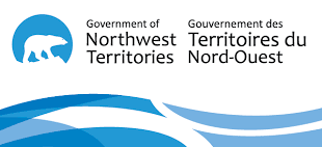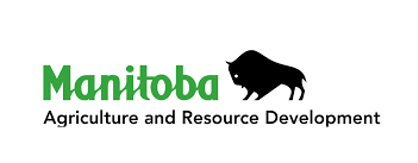Title: Forest stand complexity controls ecosystem‐scale evapotranspiration dynamics: Implications for landscape flux simulations
Citation: The data that support the findings of this study are available from the corresponding author upon reasonable request.
Study Site: poor fen in central Alberta
Purpose: Open-canopy forested systems are found across a range of terrestrial biomes. Forest structure and organization in open-canopy systems exhibit substantial controls on system process dynamics such as evapotranspiration (ET). The energy reaching sub-canopy forest layers is greater in open-canopy systems compared to closed canopy systems, with high spatiotemporal variability in the distribution of energy that both drives ET and controls sub canopy species composition and organization. Yet the impact of their structural complexity and organization on whole system ET dynamics is poorly understood. Using the BETA+ model and measured eddy covariance-based ET fluxes from a boreal treed peatland, we critically evaluate how stand compositional and organizational complexity influences ET dynamics.
Abstract: PET by EC for a forest stand in a poor fen in central Alberta, data collected in the summer of 2014
Supplemental Information Summary:
Research:
Further Info: Leonard, R., Moore, P., Krause, S., Chasmer, L., Devito, K.J., Petrone, R.M., Mendoza, C., Waddington, J.M., & Kettridge, N. (2022). Forest stand complexity controls ecosystem-scale evapotranspiration dynamics: Implications for landscape flux simulations. Hydrological Processes: https://doi.org/10.1002/hyp.14761
Status: Complete
Keywords:
meteorology,
hydrology,
modeling,
evapotranspiration,
fen,
Geographical coordinates: North: 55.81, South: 55.81 East: -115.11 West: -115.11
Bounding Temporal Extent: Start Date: 2014-07-01, End
Date: 2014-08-31













